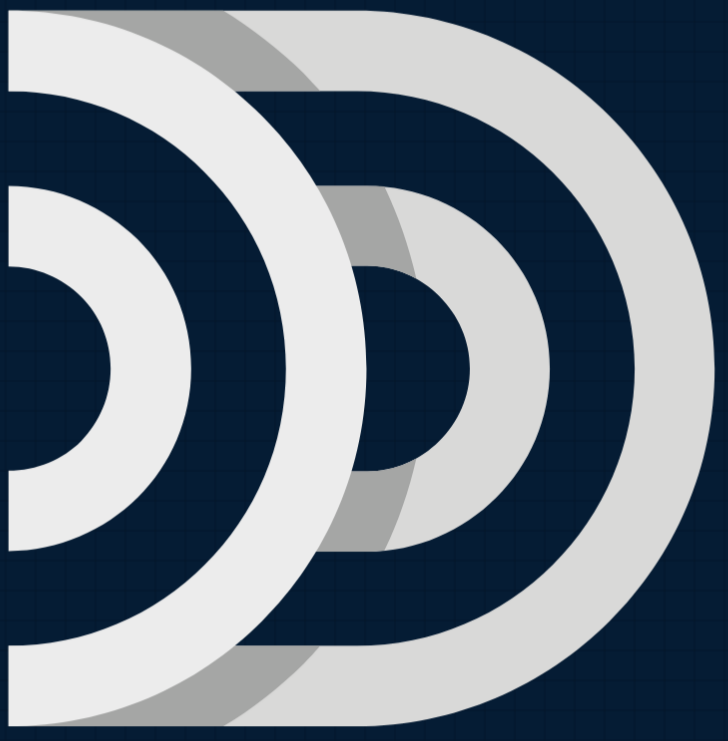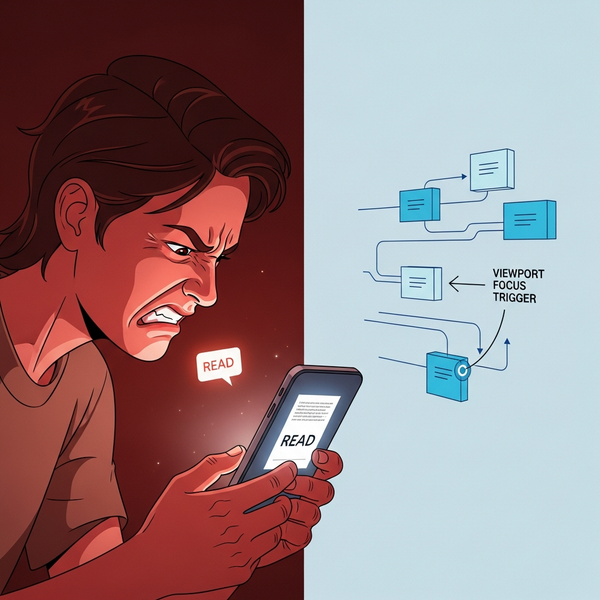Importance of Note-Taking in Cybersecurity

Information overload is the silent adversary of most cybersecurity professionals. Having an unrelenting flood of information like compliance updates, threat intelligence, vulnerability reports, and evolving security frameworks can be overwhelming. While staying informed is essential, forgetting critical knowledge isn't just inefficient—it's dangerous.
In cybersecurity, information is your most powerful asset—whether you're defending against threats or testing systems for vulnerabilities. New attack vectors emerge daily, zero-day vulnerabilities surface without warning, and security standards evolve at breakneck speed.
For defensive teams, this means staying current with threat intelligence and incident response procedures. For offensive security professionals—penetration testers, red teamers, and security researchers—it means systematically tracking attack methodologies, documenting exploitation techniques, and building comprehensive assessments that evolve throughout an engagement.
Penetration testers face unique information management challenges: cataloging every attack vector attempted, preserving technical details for future reference, maintaining detailed evidence chains, and gradually building the comprehensive reports that clients depend on for remediation guidance.
The challenge isn't just consuming this constant stream of information—it's organizing, retaining, and accessing it precisely when you need it most, whether you're responding to an active incident or deep into a complex penetration test.
How do you manage this constant stream of critical intelligence without burning out or missing the one piece of information that could prevent a breach?
The answer lies in building a robust Personal Knowledge Management (PKM) system—a strategic approach to capturing, organizing, and retrieving information when seconds matter most. To stay ahead of adversaries, security professionals need more than just tools; they need an integrated system that transforms information chaos into actionable intelligence.
What is Personal Knowledge Management?
Personal Knowledge Management is a systematic process for collecting, organizing, storing, and retrieving information that supports your daily work and decision-making. For cybersecurity professionals, PKM tools and practices enable you to:
- Capture threat intelligence, research findings, and procedural knowledge
- Organize information by threat type, severity, or operational relevance
- Retrieve critical details instantly during incident response
- Connect disparate pieces of information to identify patterns and trends
- Share knowledge effectively across security teams
A well-designed PKM system doesn't just reduce information overload—it transforms overwhelming data streams into a strategic advantage, ensuring that critical knowledge is always at your fingertips when threats demand immediate action.
Popular PKM Tools and Systems
Note-Taking and Knowledge Base Apps
Obsidian
- Graph-based knowledge management with linking between notes
- Markdown-based with powerful search and visualization
- Great for building interconnected knowledge networks
Notion
- A powerful software that let's you build your own personal knowledge management system. In it, you can do anything from simple note pages, to databases, to kanban boards or calendars
- All-in-one workspace for notes, databases, and project management
- Highly customizable with templates and automation
Logseq
- Open-source, privacy-first knowledge management
- Block-based structure with graph visualization
- Local storage with git synchronization
Specialized PKM Tools
Roam Research
- Pioneered the networked thought approach
- Bi-directional linking and daily notes
- Great for research and academic work
Taskade
- Tools like Taskade, Notion, and Obsidian are popular choices. They allow you to capture notes, organize information, and track your learning progress. These tools offer features like tagging, linking, and search
- Combines PKM with task management and collaboration
RemNote
- Spaced repetition integrated with note-taking
- Hierarchical structure with flashcard generation
- Excellent for learning and memorization
Traditional Options
Evernote
- Web clipping and document storage
- OCR for images and PDFs
- Cross-platform synchronization
OneNote
- Microsoft's digital notebook solution
- Free-form canvas with multimedia support
- Integration with Microsoft 365 ecosystem
CherryTree
- Hierarchical note-taking with rich text
- Local storage with encryption options
- Automation-friendly for bulk operations
System Types and Approaches
Many apps can help with PKM and serve as PKM tools for you including note-taking apps, email apps, social bookmarking apps, bookmarking apps, to-do list apps, and any tool that helps collect knowledge and stores it for re-use.
Graph-Based Systems
- Examples: Obsidian, Roam Research, Logseq
- Best for: Research, academic work, complex topic exploration
- Features: Bi-directional linking, visual knowledge graphs, emergent insights
Database-Driven Systems
- Examples: Notion, Airtable, Coda
- Best for: Structured information, project management, team collaboration
- Features: Custom databases, automation, multiple views
Hierarchical Systems
- Examples: CherryTree, Dynalist, WorkFlowy
- Best for: Organized thinkers, structured workflows, clear categorization
- Features: Folder structures, outline formats, easy navigation
AI-Enhanced Systems
- Examples: MyMemo, Mem, Reflect
- Best for: Transform your data into an efficient, searchable database with our advanced AI technology
- Features: Smart search, content suggestions, automated tagging
Choosing the Right PKM System
Consider these factors when selecting a PKM system:
Information Type: Text-heavy vs. multimedia vs. structured data Workflow Style: Linear vs. networked thinking Technical Comfort: Simple interfaces vs. advanced customization Collaboration Needs: Personal use vs. team sharing Platform Requirements: Cross-device access, offline capability Privacy Concerns: Cloud-based vs. local storage
Popular Methodologies
Many PKM systems support established methodologies:
- Getting Things Done (GTD): Task and project organization
- Building a Second Brain (BASB): CODE method for knowledge work
- Zettelkasten: Networked note-taking system
- PARA Method: Projects, Areas, Resources, Archive organization
The best PKM system is the one you'll actually use consistently. Start simple, focus on building the habit of capturing and organizing information, then expand your system as your needs grow.
Based on the PKM systems I outlined, here are the best options specifically for cybersecurity experts:
Top Recommendations for Cybersecurity Professionals
1. Obsidian - Best Overall for Security Work
Why it's ideal for cybersecurity:
- Threat Intelligence Mapping: Create visual graphs linking threat actors, TTPs, and vulnerabilities
- Incident Correlation: Connect related security events across time and systems
- Attack Chain Visualization: Map kill chains and attack progressions
- Local Storage: Data stays on your device - crucial for sensitive security information
- Markdown-based: Future-proof format that works with security documentation standards
- Plugin Ecosystem: Extensions for timeline creation, network diagrams, and data analysis
Perfect for: Threat hunters, incident responders, security researchers who need to see relationships between complex security data.
2. CherryTree - Best for Structured Security Documentation
Why cybersecurity pros love it:
- Hierarchical Organization: Perfect for security frameworks (NIST, ISO 27001, MITRE ATT&CK)
- Rich Text with Code: Document procedures with syntax highlighting for scripts
- Export Capabilities: Generate reports for compliance and auditing
- Automation-Friendly: Bulk creation of security templates via scripting
- Encryption Support: Built-in protection for sensitive security data
- Offline Operation: Works in air-gapped or high-security environments
Perfect for: Security architects, compliance managers, and SOC analysts who need structured, exportable documentation.
3. Notion - Best for Security Team Collaboration
Why it works for security teams:
- Incident Databases: Track security events with custom fields and status updates
- Vulnerability Management: Create databases linking CVEs to affected systems
- Playbook Creation: Interactive runbooks with checklists and decision trees
- Team Collaboration: Share threat intelligence and coordinate incident response
- Integration Capabilities: Connect with security tools via APIs and webhooks
Perfect for: Security managers, CISO offices, and distributed security teams needing shared knowledge bases.
Specialized Considerations for Cybersecurity
Security and Privacy Requirements
- High-Security Environments: CherryTree or Obsidian (local storage)
- Compliance Needs: Notion or CherryTree (audit trails and export capabilities)
- Air-Gapped Networks: CherryTree or local Obsidian installations
- Team Sharing: Notion with proper access controls
Content Types Common in Cybersecurity
- Threat Intelligence: Obsidian's graph view excels at showing threat relationships
- Incident Documentation: CherryTree's structured format works well for detailed incident reports
- Playbooks and Procedures: Notion's database and template features are ideal
- Vulnerability Tracking: All three can handle this, but Notion's database features shine
- Compliance Documentation: CherryTree's export capabilities are valuable for audits
Hybrid Approach Recommendation
Many cybersecurity experts use a multi-tool strategy:
- Obsidian for threat intelligence analysis and research
- CherryTree for detailed technical documentation and procedures
- Notion for team collaboration and project management
- Anki (mentioned in our previous discussion) for knowledge retention of security frameworks
Implementation Strategy for Cybersecurity
Start with Obsidian if you:
- Work primarily in threat analysis or security research
- Need to understand complex relationships between security events
- Value privacy and local data control
- Want to build a comprehensive threat intelligence knowledge base
Choose CherryTree if you:
- Work in highly regulated or air-gapped environments
- Need to generate formal compliance reports
- Prefer structured, hierarchical organization
- Require strong encryption for sensitive security data
Go with Notion if you:
- Lead a security team or need extensive collaboration
- Manage multiple security projects simultaneously
- Need integration with other business tools
- Want a single platform for both knowledge management and project coordination
The key is starting with one tool that matches your primary use case, then expanding your toolkit as your PKM needs evolve. For most cybersecurity professionals, Obsidian offers the best balance of security, functionality, and flexibility for building a comprehensive security knowledge base.





